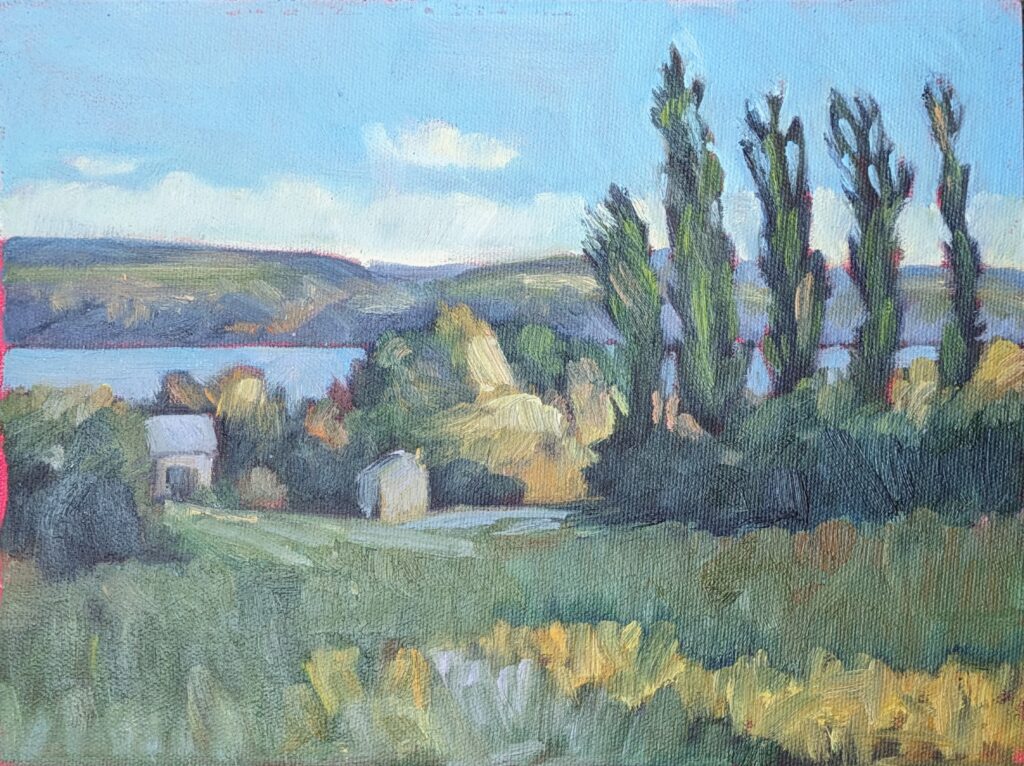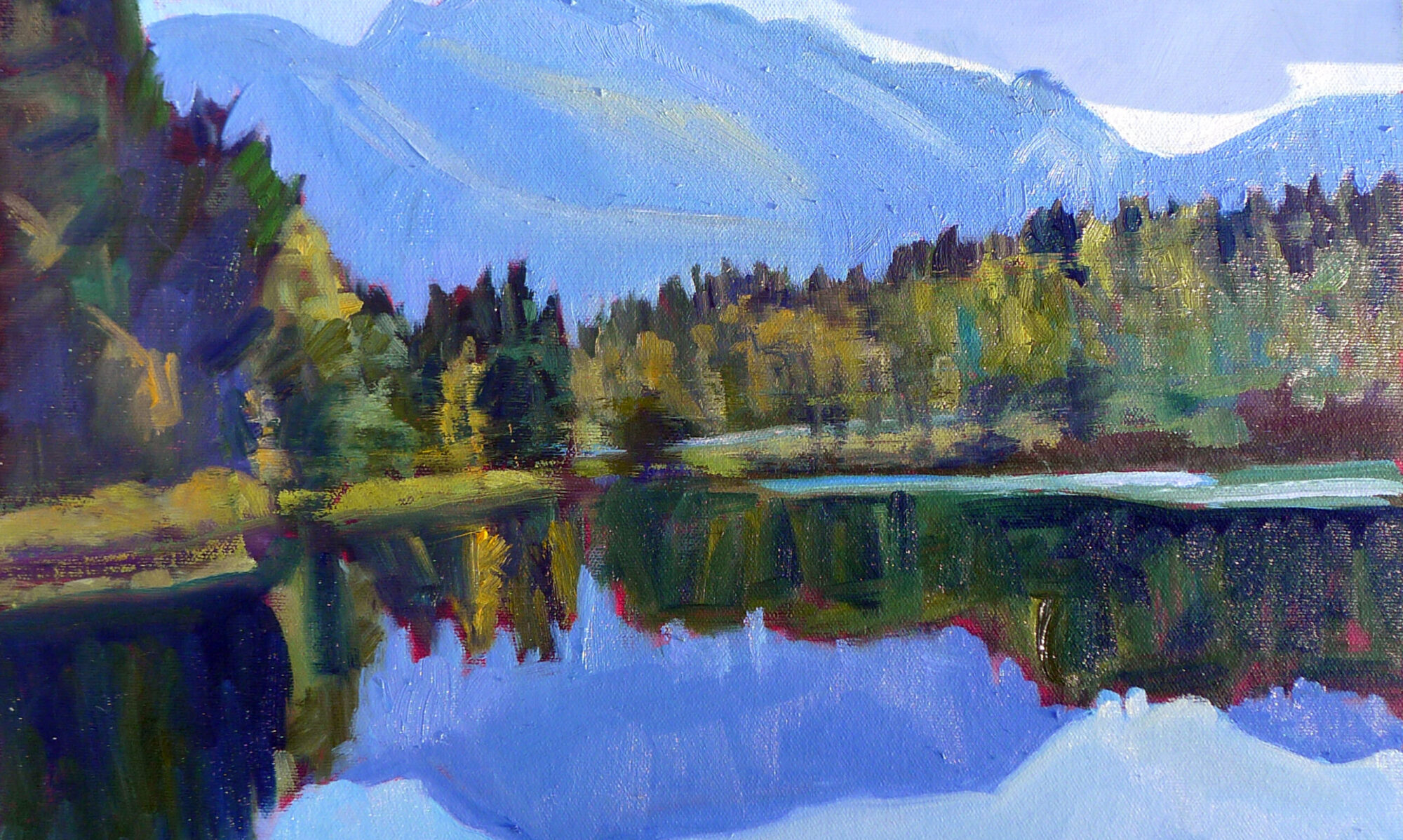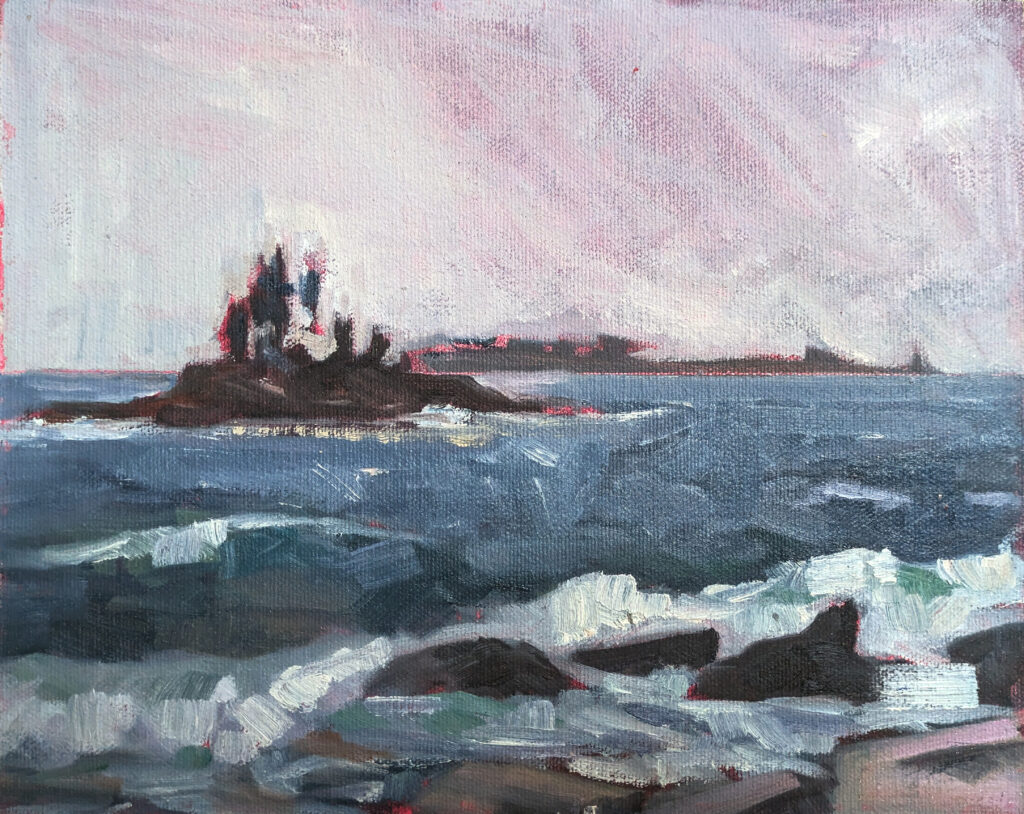
Unfortunately, fine artists—especially those who’ve recently started selling their art—are inviting targets for scammers. Here are some of the current art scams:
An oldie-but-baddie, the overpayment scam
How it works: A buyer reaches out, eager to purchase artwork. They offer to send a check, usually more than the agreed amount, and ask the artist to refund the balance, supposedly to a shipping agent. The check bounces after the refund is sent. This scam, for the record, is mail fraud, but it’s so common I doubt the USPS has time to follow up every example.
Watch for these red flags: the contact will make vague references to your work, without requesting details of size, frame, or additional photos. They will offer to send an overpayment, with a request to refund the difference. These emails and messages always seem one step away from illiterate. They’re not exclusive to artists; a friend fell for one on a rental property deposit.
Related: the third-party shipping company scam
How it works: A buyer says they will arrange for a third-party shipping company, but you’re asked to pay the shipping fees up front. Of course, the shipping company is fake.
Watch for this red flag: any time a buyer asks you to pay any third party, don’t. Get yourself a shipping account and do the shipping from your end.
The fake art dealer or pay-to-play gallery
How it works: you’re offered a spot in a show, magazine, or exhibition, but you have to pay a fee to participate. (This is different from entry fees to juried shows, which are legitimate.) These vanity galleries and publications have no real exposure or audience.
Watch for these red flags: you’re asked to pay to be featured, the websites are vague or poorly designed, and there are no verifiable credentials. I was recently ‘invited’ to a show with a major New York auction house. Very little research was necessary to show me that the curator had no connection with the real thing.

Phishing and identity theft
How it works: Scammers pose as buyers to get your personal information or gain access to your online accounts.
Watch for these red flags: Suspicious links or attachments in emails or requests for login details, banking info or your peer-to-peer payment apps. Apps like Venmo or PayPal are not covered by the same banking rules as your credit card or checking account, which means less protection against fraud.
Another oldie-but-baddie: the NFT scam
How it works: you’re approached about turning your art into NFTs—but asked to pay upfront minting fees. Or your art is stolen and minted as NFTs without your permission.
Watch for these red flags: I get several of these messages a week through Facebook. They are high-pressure, even after I say I have no interest in NFTs. These people can’t clearly explain the platform, the process or how you will make money. Often there are upfront costs for future earnings.

A rare but bad scam: gallery default
How it works: a gallery takes your work on consignment but doesn’t report sales or disappears with your pieces.
Red flags: no written contract, no inventory list or receipts, no communication. Sometimes these are signs of a disorganized gallerist, but you should be paid promptly (within 30 days) of a gallery sale.
How to protect yourself:
I only sell work through Square or, in rare instances, by check. Credit card services offer protection that is worth their high fees. But here are some guidelines to help you weed through suspicious offers:
- Does the buyer reference a specific piece of your work and show a familiarity with your work, or is everything in generalities?
- Does their email address match the gallery or name that the sender is using?
- Can you verify their identity using LinkedIn, a gallery website or social media?
- Are they pressuring you?
- Are they offering to overpay or include shipping/refund instructions?
- Do they ask you to send money to a third party?
- Is the offer full of grammar and spelling errors?
- Are you being asked for money?
- Do you have a written contract for any gallery opportunity?
If it sounds too good to be true, it probably is.
Reserve your spot now for a workshop in 2025:
- Advanced Plein Air Painting, Rockport, ME, July 7-11, 2025.
- Sea and Sky at Acadia National Park, August 3-8, 2025.
- Find Your Authentic Voice in Plein Air, Berkshires, MA, August 11-15, 2025.
- Immersive In-Person Fall Workshop, Rockport, ME, October 6-10, 2025.


